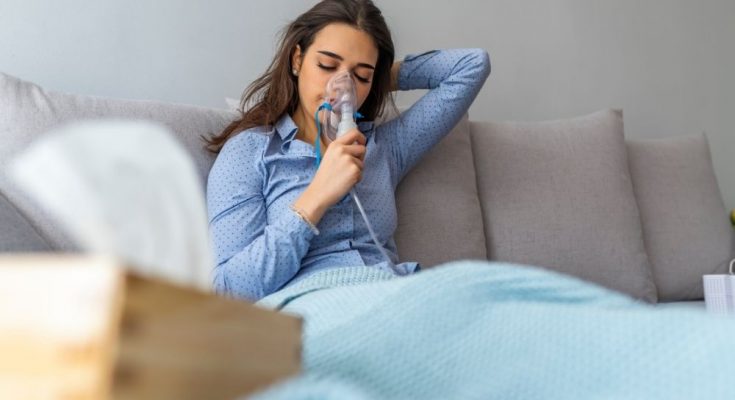The world of respiratory equipment is a topic on many people’s minds these days. These medical devices play various roles in patient health, and most are vital for patient outcomes. But what are the most common pieces of respiratory equipment, and what do they do? Let’s take a closer look.
CPAP Machines
A CPAP—or continuous positive airway pressure—machine is relatively common for folks with chronic respiratory illnesses or sleep apnea. It delivers breathing assistance in patients with disturbed breathing patterns. Typically, these disturbances are out of their control, but with a CPAP machine, patients can maintain consistent breathing patterns during resting hours.
Concentrators
A concentrator is a medical device often used in long-term care facilities and for in-home health care to provide medical-grade oxygen to patients. These devices are essential pieces of respiratory equipment for people with COPD, asthma, and flu symptoms. They use environmental airflow to pull and deliver concentrated oxygen. The pulling process filters out any existing nitrogen particles, and if the patient needs a higher concentration, they can use a mask.
Air Cleaners
An air cleaner, also known as an air purifier, improves the overall quality of the environmental air. They’re common in offices and home spaces, alleviating allergenic reactions, asthma, and chronic respiratory illnesses. People who live in areas with consistently poor air quality will benefit from adding air cleaners to their common spaces.
BiPAP Machines
A BiPAP machine and a CPAP are similar in function. But a BiPAP, or bilevel positive airway pressure, machine aids in multilevel air flow, whereas a CPAP machine contributes only to a singular airflow. Most often, a patient with a severe case of sleep apnea will benefit more from a BiPAP device than a CPAP machine. This is a noninvasive form of respiratory therapy.
Nebulizers
A nebulizer is a small medical device that delivers an aerosol treatment through a tube, cup, or mouthpiece. Typically, patients with COPD or asthma can use nebulizers to self-manage their symptoms and gauge their own treatment levels. This is one of the most common pieces of respiratory equipment.



